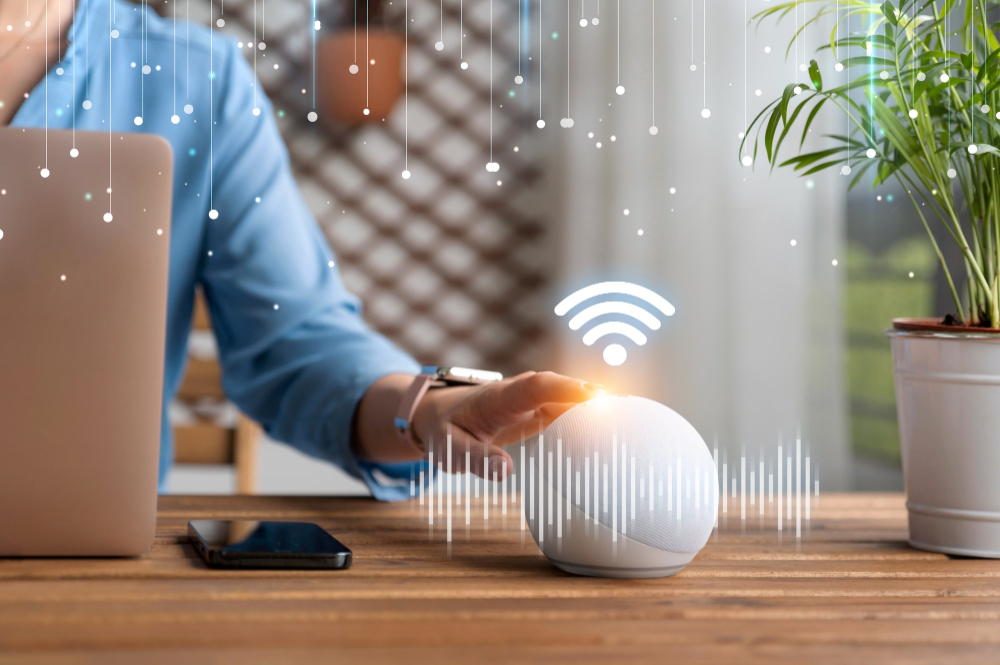
Hosting Internet of Things (IoT) devices presents a unique set of challenges for organizations and individuals alike. These challenges range from security and privacy concerns to scalability and network performance issues.
Security is a major concern when it comes to hosting IoT devices. These devices are often connected to the internet, making them vulnerable to cyber-attacks and data breaches. It is essential to implement robust security measures to protect these devices and the data they collect from unauthorized access.
Privacy is another significant challenge associated with hosting IoT devices. These devices are capable of collecting vast amounts of sensitive data about their users, raising concerns about how this data is stored and used. It is crucial to ensure that proper privacy policies are in place to protect the privacy of users and comply with relevant regulations.
Scalability is a common challenge when hosting IoT devices. As the number of connected devices increases, managing and maintaining these devices become more complex. It is important to have a scalable infrastructure in place to accommodate the growing number of IoT devices and ensure optimal performance.
Network performance is also a critical challenge when hosting IoT devices. These devices generate a large amount of data that needs to be transmitted over the network. Slow or unreliable networks can result in delays and interruptions in communication between devices, affecting overall system performance.
Interoperability is another challenge that organizations face when hosting IoT devices. Different devices may use different communication protocols and standards, making it difficult for them to work together seamlessly. It is essential to ensure that IoT devices are compatible with each other to enable effective communication and interoperability.
Reliability is crucial when hosting IoT devices. These devices are often used in critical applications, such as healthcare and industrial systems, where downtime can have severe consequences. It is essential to have a reliable infrastructure in place to prevent outages and ensure uninterrupted operation of IoT devices.
Data management is another challenge associated with hosting IoT devices. These devices generate vast amounts of data that need to be stored, processed, and analyzed. It is essential to have robust data management processes in place to handle this data efficiently and derive valuable insights from it.
Power consumption is a significant challenge for IoT devices. These devices often operate on battery power, which limits their lifespan and functionality. It is crucial to optimize power consumption and implement energy-efficient solutions to ensure the long-term sustainability of IoT devices.
Regulatory compliance is also a challenge when hosting IoT devices. These devices are subject to various regulations and standards governing data privacy, security, and other aspects. It is important to ensure that IoT devices comply with relevant regulations to avoid legal and financial consequences.
Cost is a significant challenge associated with hosting IoT devices. These devices require investment in hardware, software, infrastructure, and maintenance, making them costly to deploy and maintain. It is essential to carefully assess the costs associated with hosting IoT devices and find cost-effective solutions to mitigate financial burdens.
Hosting IoT devices poses a myriad of challenges, ranging from security and privacy concerns to scalability and network performance issues. It is crucial for organizations and individuals to address these challenges effectively to ensure the successful deployment and operation of IoT devices. By implementing robust security measures, ensuring privacy protection, optimizing scalability and network performance, promoting interoperability, enhancing reliability, managing data efficiently, optimizing power consumption, complying with regulations, and carefully managing costs, hosting IoT devices can be a rewarding endeavor that unlocks the potential of the Internet of Things.